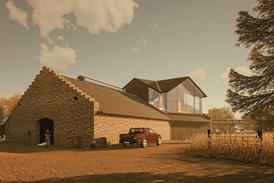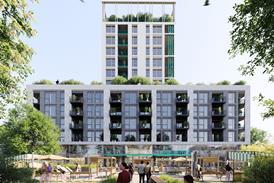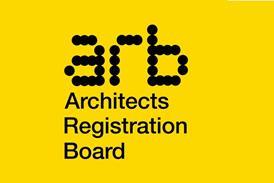- Home
- Intelligence for Architects
- Subscribe
- Jobs
- Events

2025 events calendar Explore now 
Keep up to date
Find out more
- Programmes
- CPD
- More from navigation items
Playing the Game: Work-Life Balance in Architecture

Kudzai Matsvai reviews a ‘powerful new resource’ that explores the reasons behind dysfunctional workplace practices in architecture and suggests new ways to move forward
When the revolutionary five-day workweek was popularised by Henry T. Ford almost a century ago, it was seen as a significant win for the working masses. However, the model did not account for factors such as race, gender, disability, or social class in shaping the notion of a work-life balance. Thus, the eight-hours-a-day, five-days-a-week working model was created based on the time that the average white, heterosexual, cis-gendered, able-bodied, white-collar working man in the West could afford to commit to work.
This man had all his domestic tasks taken care of by a partner who often simultaneously played the roles of full-time parent, in-house chef, maid, launderer, gardener, and every other role required to keep the average nuclear household afloat, leaving him ample time to commute, work, and even enjoy leisure activities and downtime. Since its inception, we have failed to evaluate whether this model remains suitable for workforces that are becoming more diverse and, therefore, more complex.
…
This content is available to registered users | Already registered?Login here
You are not currently logged in.
To continue reading this story, sign up for free guest access
Existing Subscriber? LOGIN
REGISTER for free access on selected stories and sign up for email alerts. You get:
- Up to the minute architecture news from around the UK
- Breaking, daily and weekly e-newsletters
Subscribe to Building Design and you will benefit from:

- Unlimited news
- Reviews of the latest buildings from all corners of the world
- Technical studies
- Full access to all our online archives
- PLUS you will receive a digital copy of WA100 worth over £45
Subscribe now for unlimited access.






